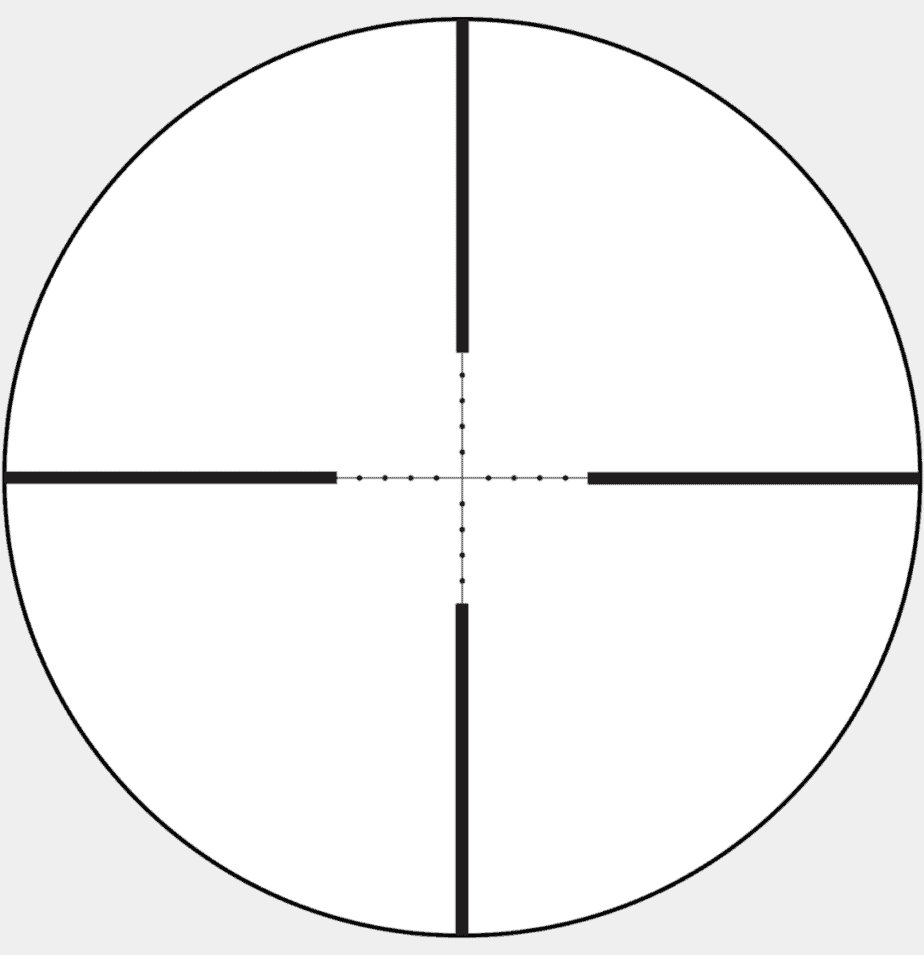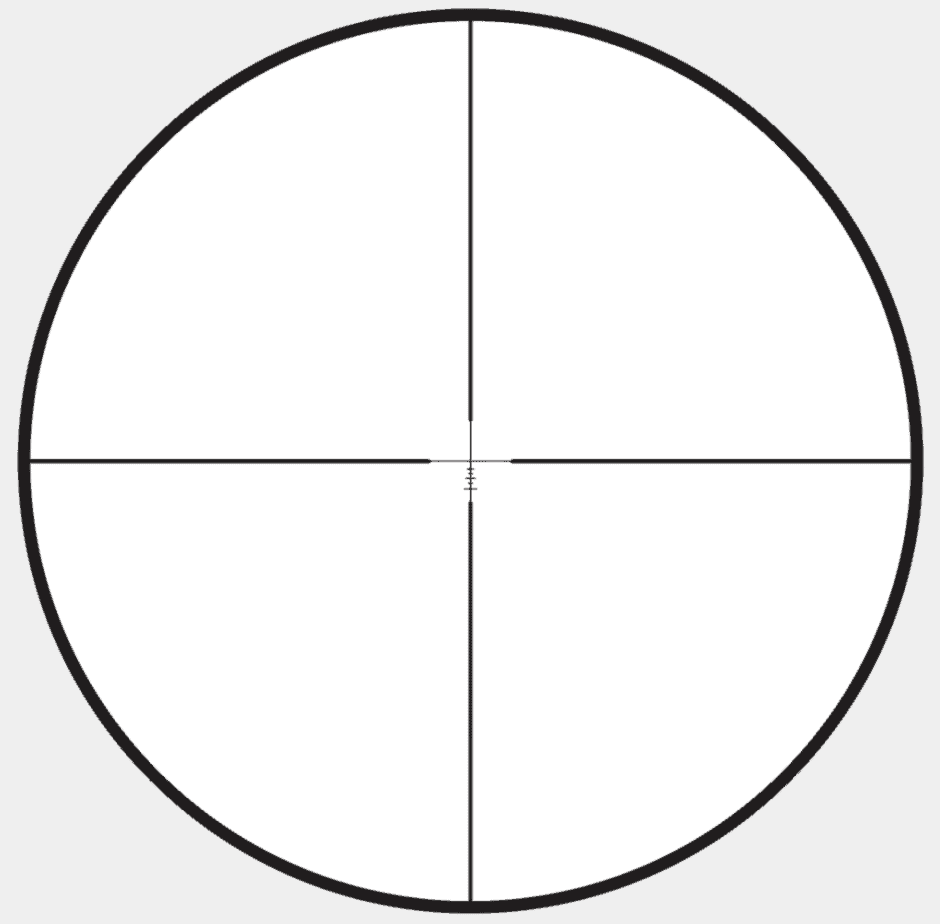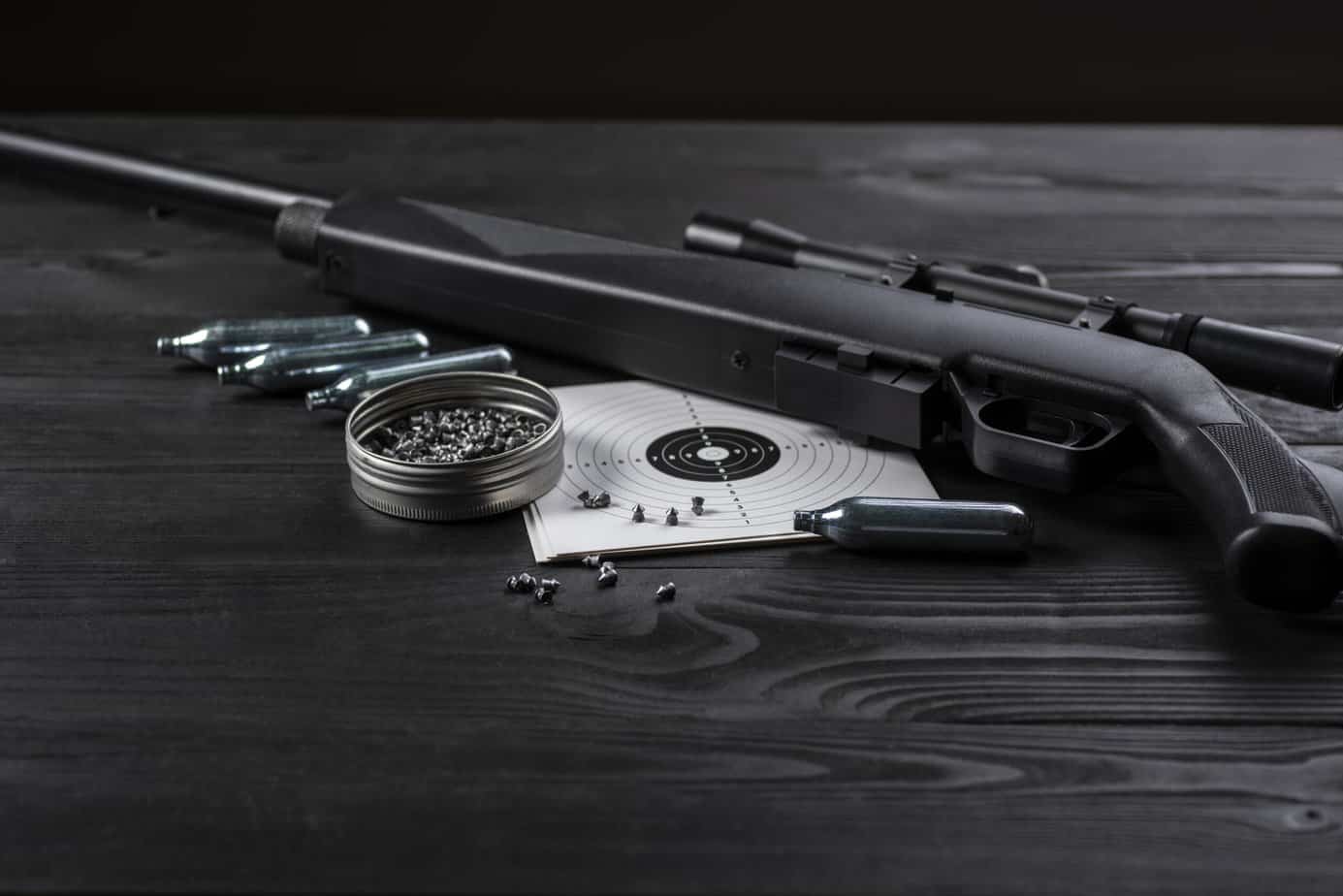Air rifle enthusiasts know the importance of zeroing their scopes for accurate shooting. If you’re new to the world of air rifles or just looking to improve your skills, understanding the right distance to zero your air rifle scope is essential. To achieve the best results, you need to determine the most efficient zeroing distance for your specific setup and shooting situation.
Zeroing, also known as sighting in, is the process of aligning your rifle’s sights so that the point of aim matches the point of impact. This is crucial for getting on target quickly and accurately, and it will greatly enhance your overall shooting experience. So, what is the ideal distance for zeroing an air rifle scope?
In general, it is recommended to set your air rifle scope to 30 yards if you plan on using it in both short and long-range situations. This distance provides an excellent mix, allowing you to adapt as you change shooting distances. Keep in mind, however, that various factors such as pellet type, rifle power, and personal shooting preferences may influence the ideal zeroing distance for you.
Determining the Ideal Zero Distance
Factors Influencing Zero Distance
Several factors can influence the ideal zero distance for your air rifle scope. One important aspect to consider is the type of air rifle and its caliber. Different calibers will perform better at different distances. Additionally, your shooting environment (indoor or outdoor, variable wind conditions) and intended use (hunting, target shooting, or competition) can impact your decision.
Common Zero Distances
There are some common zero distances for air rifle scopes, depending on your needs and preferences.
For indoor shooting, it is recommended to zero at 20 to 25 yards.
For medium-range shooting or hunting, a zero distance of 30 to 40 yards is suitable.
For long-range shooting or hunting, you might set the zero at 40-50 yards.
Remember that these are only recommendations and your personal preference may vary.

Choosing the Right Distance
To choose the right zero distance for your air rifle scope, start by understanding the purpose of your shooting. If you plan to use your air rifle for both short- and long-range situations, it’s suggested to set your scope to 30 yards.
This gives you a good balance between both short- and long-range performance. Experiment with different distances to find the one that works best for your specific needs and preferences.
Adjusting the Air Rifle Scope
Understanding MOA and Click Values
When zeroing your air rifle scope, it’s essential to understand MOA (Minute of Angle) and click values. MOA is a unit of measurement used to describe the spread of your shot groupings in relation to the target size. One MOA is equal to 1.047 inches at 100 yards.
Click values refer to the adjustments you make to the scope using the elevation and windage turrets; each click usually represents 1/4 MOA. To achieve the desired zero distance, you need to know how many clicks will bring your shots closer to the target’s center.
Air Rifle Scope Adjustment Reference
| Distance (yards) | Adjustment (clicks) |
|---|---|
| 25 (starting point) | 0 |
| 50 | 8 |
| 75 | 16 |
| 100 | 24 |
| 125 | 32 |
| 150 | 40 |
Note: The adjustment values provided are based on the initial zero distance of 25 yards (1/4″ MOA) and may vary depending on your specific air rifle scope and ammunition.
Proper Scope Alignment
Before zeroing, ensure that your scope is properly aligned with the air rifle. Improper alignment can lead to inaccurate shot placement and difficulty zeroing. First, loosen the scope rings and move the scope until the crosshairs are centered when you hold the rifle comfortably. Make sure it’s level and secure the scope rings. Next, position the rifle so it’s aiming at a target bullseye at your chosen zero distance.
Steps to Zero the Scope
Following these steps will help you zero your air rifle scope effectively:
- Take initial shots: Shoot a group of 3-5 pellets at the target to see how far off the shots are from the bullseye.
- Adjust elevation: Using the data from the initial shots, make the necessary adjustments to the scope’s elevation turret. Remember, each click usually represents 1/4 MOA.
- Adjust windage: Repeat the process for windage adjustments, keeping in mind that wind conditions and pellet type can play a role in shot placement.
- Confirmation shots: After making adjustments, fire another group of shots to confirm the changes. If the shots are still off-target, continue making adjustments and take additional confirmation shots.
Following these steps while paying attention to MOA and click values will enable you to zero your air rifle scope accurately and achieve the desired shooting accuracy.
Maintaining Zero Accuracy
Consistent Shooting Technique
To maintain zero accuracy with your air rifle scope, it’s essential to develop a consistent shooting technique. Properly hold your rifle and control your breathing while taking aim. A stable stance, combined with a solid cheek weld and gentle trigger pull, will help improve your accuracy. Make a habit of practicing and refining your technique, as this will translate into better zero retention.
Environmental Conditions
Environmental conditions can also impact zero accuracy. Adjust your setup to account for factors such as wind, humidity, and temperature. Various scopes have turrets or reticle designs that allow for quick adjustments when conditions change. Remember, knowing how your air rifle performs in different environments enables you to achieve consistent and accurate shots.
Ensure you always take note of the environmental conditions during your shooting sessions and adjust your aim accordingly. By understanding how your air rifle scope performs under various circumstances, you’ll be better equipped to maintain zero accuracy and shoot more confidently.
Air Rifle Scope Models and Features
When choosing an air rifle scope, it’s essential to consider the different models and features available. In this section, we’ll discuss the magnification levels, reticle types, and lens coatings that can impact the performance and usability of your scope.
Magnification Levels
Air rifle scopes come with various magnification levels, allowing you to adjust the image size depending on your shooting distance and target size. For close-range shooting, lower magnification scopes (e.g., 4x or 6x) are suitable options. On the other hand, higher magnification levels (e.g., 9x, 12x, or even 16x) offer better image clarity at longer distances but may be challenging for beginners.
Reticle Types
The reticle is the crosshair or aiming point within the scope. There are several reticle types available for air rifle scopes:
- Duplex reticle: This is the most common type, with thick outer lines that thin out toward the center crosshair. It’s ideal for general shooting and hunting.

- Mil-dot reticle: This reticle has dots along the crosshairs at preset intervals, allowing for quicker range estimation and holdover adjustments. It’s suitable for long-range shooting and tactical use.

- BDC reticle: The Bullet Drop Compensation reticle provides holdover points at specific ranges, compensating for the bullet drop at different distances. It’s best for target shooting and hunting at varying ranges.

Consider your shooting style and needs when selecting a reticle type for your air rifle scope.
Lens Coatings
Lens coatings help improve light transmission, reduce glare, and enhance image clarity. There are three primary lens coating types:
- Coated lenses: These have a single anti-reflective layer applied to some lens surfaces, reducing glare and enhancing brightness.
- Fully coated lenses: These lenses have a single anti-reflective layer applied to all air-to-glass lens surfaces, offering improved light transmission and reduced glare.
- Multi-coated lenses: Offering multiple layers of anti-reflective coatings on some or all lens surfaces, these lenses provide superior light transmission, better image clarity, and minimal glare.
When selecting an air rifle scope, consider each of these features to find the best model for your shooting needs.
Conclusion
Zeroing your air rifle scope is a crucial activity for ensuring improved accuracy when shooting. Ideally, setting your air rifle scope to 30 yards is recommended, as it provides an excellent mix for both short and long-range situations.
It’s important to remember that the earth’s gravity affects the trajectory of the pellets, which is why adjusting the rifle scope and zeroing it is necessary. By zeroing your scope correctly, you can compensate for the trajectory and increase the likelihood of hitting your target.
As a shooter, understanding how to zero your air rifle scope will help you unlock your full potential. Always make sure to perform this process carefully and methodically, using a stable surface for your rifle and ensuring you have a proper backstop in place for safety. By doing so, you’ll be on your way to achieving greater accuracy and enjoying your air rifle shooting experience even more.
Frequently Asked Questions
At what range should I zero my air rifle scope for hunting?
When zeroing your air rifle scope for hunting, it is essential to know the typical distance you want to shoot from. Many air rifle hunters choose a range between 25 to 35 yards to zero their scopes, as this distance provides reasonable accuracy and pellet energy to take down small game.
What is the ideal distance to zero a .177 caliber air rifle?
The ideal distance to zero a .177 caliber air rifle depends on your intended use for the rifle. For general target shooting, you can zero your scope between 20 and 30 yards. If you plan to use the rifle for hunting, a range between 25 and 35 yards is often recommended.
How far should I zero a .22 caliber air rifle?
For a .22 caliber air rifle, many shooters prefer to zero their scopes between 25 and 35 yards for both target shooting and hunting purposes. This range provides a good balance between accuracy and pellet energy, but you may adjust the distance depending on your specific needs and preferences.
Is zeroing an air rifle at 10 yards advisable?
Zeroing an air rifle at 10 yards may be advisable for beginners or if you plan to shoot exclusively at short distances. However, keep in mind that zeroing at such a short range may limit your accuracy and effectiveness at longer distances. For most air rifle uses, a range between 20 and 35 yards is a better choice for zeroing your scope.
Do I need to zero my scope every time I use my air rifle?
No, you do not need to zero your scope every time you use your air rifle. Once your scope is properly zeroed, it should maintain its zero for an extended period. However, you should periodically check your scope’s zero and make adjustments if necessary. Factors, such as changes in temperature, humidity, and pellet type, can influence your zero.
Why is my air rifle shooting too high even after adjusting the scope?
If your air rifle is shooting too high even after adjusting the scope, it may be due to various factors, such as incorrect scope mount or poor-quality pellets. Additionally, your scope may be malfunctioning or not properly adjusted. Make sure to follow the manufacturer’s guidelines for adjusting your scope and use high-quality pellets to ensure consistent accuracy.


